Contents

CLASSIC CYCLE CLIMBS
Yorkshire & Peak District
James Allen

THE CROWOOD PRESS
First published in 2014 by
The Crowood Press Ltd
Ramsbury, Marlborough
Wiltshire SN8 2HR
www.crowood.com
This e-Book first published in 2014
James Allen 2014
All rights reserved. No part of this publication may be reproduced or transmitted in any form or by any means, electronic or mechanical, including photocopy, recording, or any information storage and retrieval system, without permission in writing from the publishers.
British Library Cataloguing-in-Publication Data
A catalogue record for this book is available from the British Library.
ISBN 978 1 84797 763 2
All photographs by James Allen, except where indicated otherwise.
Frontispiece: The author riding up Pea Royd Lane. (Photo: Mark Jarvis)
CONTENTS
Peak District and South Yorkshire
West Yorkshire
The Dales and Nidderdale
North Yorkshire Moors and Wolds
ABOUT THE AUTHOR
James has been interested in the outdoors and fitness from an early age. He started mountain biking as a teenager, but turned to road cycling as an adult to strengthen the leg muscles following a cruciate knee injury. Since then he has taken part in a range of road cycling events including sportives, time trials and road races. However, he has a particular liking for hill climb events due to their purity, but also their severity. He enjoys training and rides around 10,000 miles per year.
In the past James has also been a triathlete and competed at Ironman UK Triathlon in 2008. He has also completed a number of large cycling events on the continent including La Marmotte. James holds a degree in Physical Education and a Post-Graduate Certificate in Sport and Exercise Science. Finally, and most importantly, he is a father and devoted husband.
Photo: Flaming Photography.
ACKNOWLEDGEMENTS
I could not ride my bike to the extent that I do, and I would never have been able to write this book, if it werent for my beautiful, patient, resourceful and (currently) pregnant wife Jane. She has been a solid support through all my riding and racing.
I must also thank my three-year-old boy who has also shown great patience during the many hours I have been tapping away at the laptop rather than playing with him. I owe you Tom, especially for your cheers in the cold autumn rain during hill climb races. Nan-Nan Doreen has also been a magnificent support over the years at races. Your encouragement has been invaluable.
In the cycling community there are far too many people to mention. However, I would like to say a collective thanks to all who know me through cycling, because you are a major reason that this sport is as enjoyable and rewarding as it is. Through injury, defeat, good times and triumph, the cycling community are a fantastic and incredibly supportive bunch. Its a pleasure to be a cyclist. Specific thanks must go to a few friends who have helped me research and produce this book. Simon Jackson, Danny Lowthorpe, Matt Newton, Neil Bentley, Mayur Ranchordas, and my brother Keven Allen have all been patient whilst I have waffled on about hill climbs. They have taken the time to be photographed or help with research when asked so I am much obliged.
Finally, and most fundamentally, I am grateful for the support of my wonderful parents who have supported me consistently throughout my life. To my mum who is the most gentle, measured and emotionally intelligent person I know: you are a template for my life. And to my dad, who is the essential structure and the inspiration for my writing and working life. I love your passion for written words and I have learned so much from you. Indeed, if it were not for you, I wouldnt have the skills or confidence even to attempt to write a book.
I dedicate this book to my Dad and to my wife.
ABOUT THE BOOK
The book is divided into four sections: The Peak District and South Yorkshire; West Yorkshire: The Dales and Nidderdale; and North Yorkshire Moors and Wolds. These four sections are colour-coded for ease of reference.
Each description starts with a table of facts about the climb, including a difficulty rating out of 10 within the context of the 50 climbs listed in the book. Also included is the address of a local caf or tearoom where tired riders can compare their own experience over a tea or coffee and slice of cake.
| Difficulty |  |
| Distance | 1.5km |
| Av. Gradient | 11% |
| Max. Gradient | 20% |
| Height Gain | 167m |
| Start Point | Hooleyhey Lane crossing with Todd Brook GR: 983763 (OS Landranger: 118) |
| Local Cafs | Yellow Teapot Caf, Smith Lane, Rainow, Macclesfield SK10 5XJ  01625 574878 01625 574878
|
The map shows the start and finish point of the climb and the route it follows. We would recommend taking an OS map or a GPS system to help in plotting your route in more detail.
At the end of the book is a list of bike shops in the region, organised in book order. Each bike shop relates to one or more of the climbs so therell be one nearby if youre in need of spares, repairs or just some good local advice.
INTRODUCTION
How do you select fifty of the best climbs in the Peak District and Yorkshire? The whole area is littered with hills and choosing only fifty is no mean feat. In the case of those described here, I have aimed for climbs that are amongst the toughest, but toughness is not the only criterion. The climbs also have to be iconic, remarkable or simply a joy to ride. Indeed, there are some climbs in this book that give an intrinsic thrill for reasons that are not always completely evident. I have therefore tried to mix instinct with rational decision-making when choosing the best. I have no doubt there will be many readers who may have different opinions about what makes a classic climb, but thats all part of the fun.
Each climb has been given a score out of ten in terms of its difficulty. This is also a debatable aspect of each climb because there are many variables that can influence how challenging an ascent is on a particular day. Wind direction, temperature, fatigue, mental approach, fear and a riders equipment all play a part in how a climb is perceived. A bikes gearing is also crucial as smaller gears will allow most to climb some of the steepest slopes if taken slow enough. Indeed, even a 30% slope, although frightening, is not completely destructive if it is relatively short, then followed by an easier stretch. Its not that its ever easy its just slightly more attainable. However, with conventional gearing some climbs become extremely difficult, especially if the slope is sustained around a 20% gradient for 200 metres or more. On such slopes most riders, regardless of fitness, will be close to (or beyond) their limit for enough time to make it seriously unpleasant. This is what I believe makes the toughest of climbs.

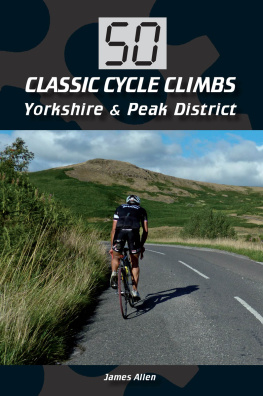

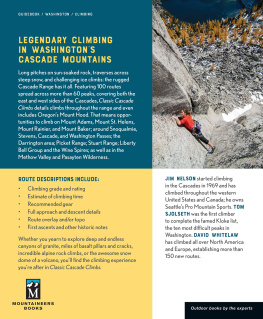


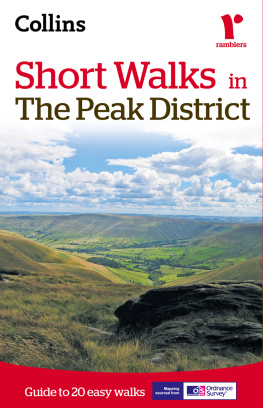
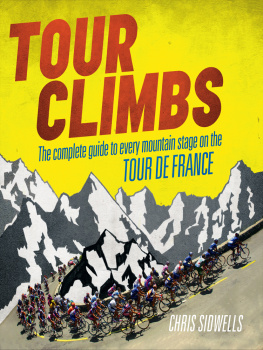
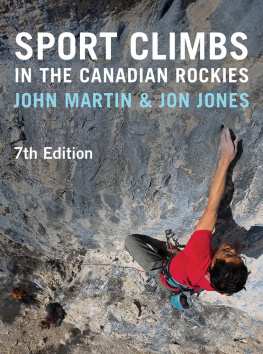







 01625 574878
01625 574878
